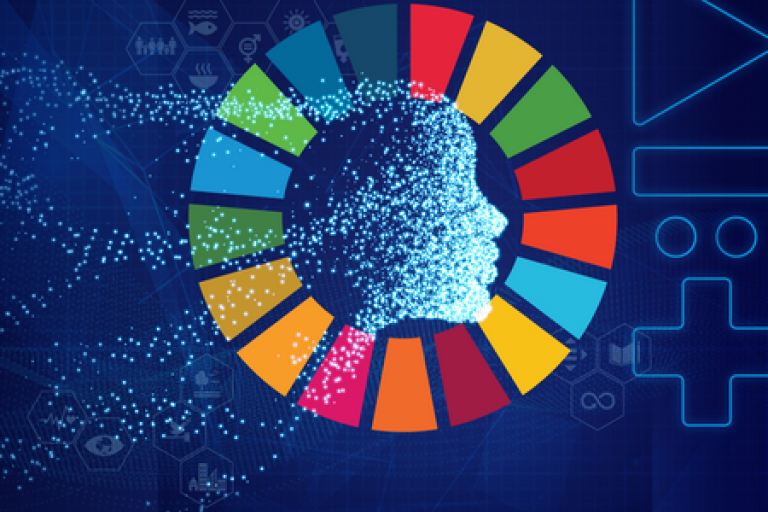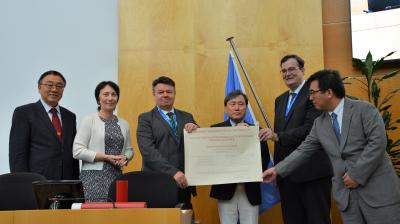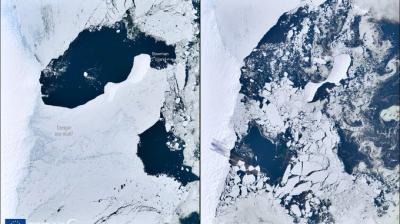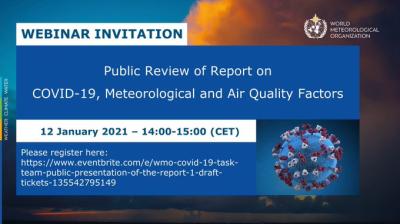Artificial Intelligence for good
Artificial intelligence is creating opportunities for contributing to much-needed efficiency gains in the handling of data that underpins Earth system science and weather and climate predictions, WMO Secretary-General Petteri Taalas told the Artificial Intelligence (AI) for Good Global Summit.

Artificial intelligence is creating opportunities for contributing to much-needed efficiency gains in the handling of data that underpins Earth system science and weather and climate predictions, WMO Secretary-General Petteri Taalas told the Artificial Intelligence (AI) for Good Global Summit.
The meeting, organized by the International Telecommunications Union, seeks to identify practical applications of artificial intelligence to advance the sustainable development agenda. It brings together more than 2,000 participants from over 120 countries.
“This summit is the leading United Nations platform for dialogue on artificial intelligence. AI is being used to fight hunger, mitigate the climate crisis, or facilitate the transition to smart sustainable cities," said ITU Secretary-General Houlin Zhao.
“AI also raises complex questions about privacy and trust and poses other challenges, from job displacement and potential bias in algorithms to autonomous weapons and social manipulation. What's clear is that no one nation, no one organization, no one company and no one community can meet these challenges alone. The path to a transformative but also a safe, trusted and inclusive AI will require unprecedented collaboration between government, industry, academia and civil society," he said.
WMO is one of the UN partners of the event.
At the welcome ceremony, Mr Taalas outlined the present and future significance of AI for the WMO community. Climate change is reshaping the need for tailored information to improve resilience to extreme weather events such as the recent tropical cyclones which hit Mozambique, he said. AI is a potentially valuable tool to help meet this challenge.
“WMO deals with big data every day, running a 24/7 operational prediction system based on a huge amount of data gathered around the world,” he said.
Progress in environmental monitoring and numerical weather and climate prediction has been intimately connected with the progress in supercomputing. Better models and better data assimilation techniques have allowed us to exploit information on the Earth system.
In about 10 years, typical operational weather prediction and climate projection workloads with high-resolution, coupled Earth-system model ensembles will lead to at least a factor of 1000 larger computing and data handling needs compared to today.
In the past, this growth in cost was mostly compensated by a comparable growth in computing and data handling capabilities. This is no longer the case.
AI therefore offers a potential solution to computing and data handling challenges and the drastic increase in demand for data usability and fast access by users. The emergence of AI methods sponsored has created opportunities for contributing to the much-needed efficiency gains, said Mr Taalas.










